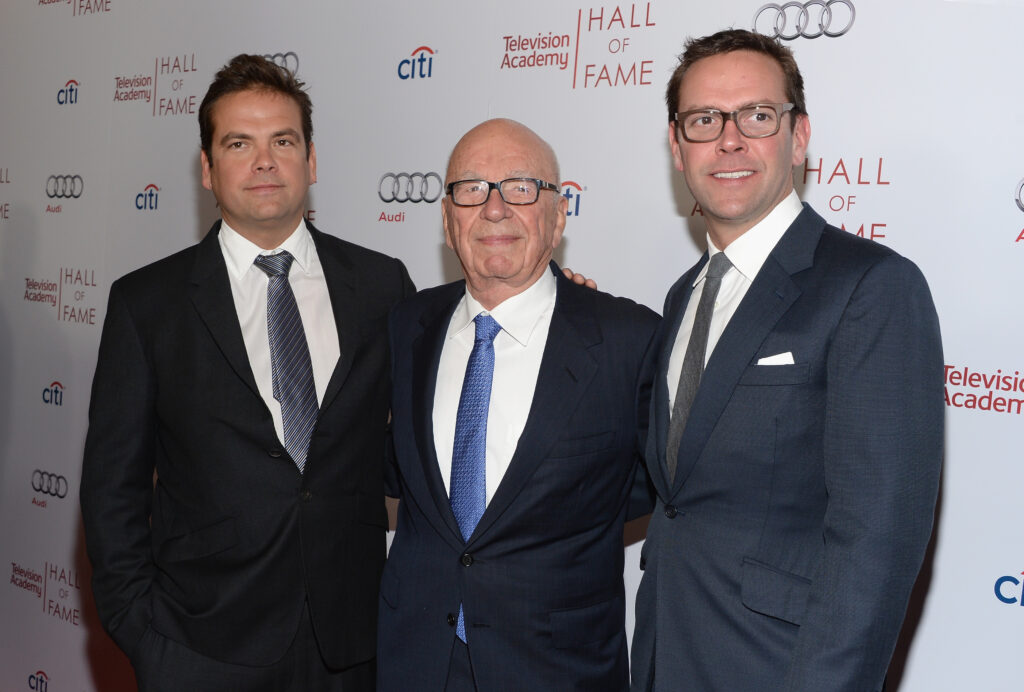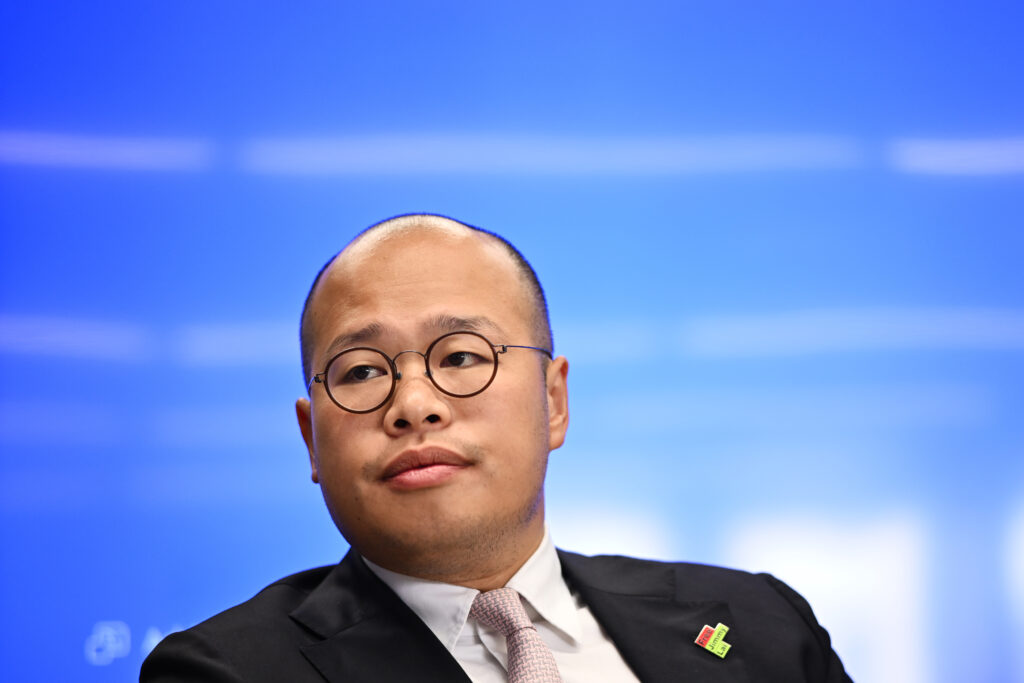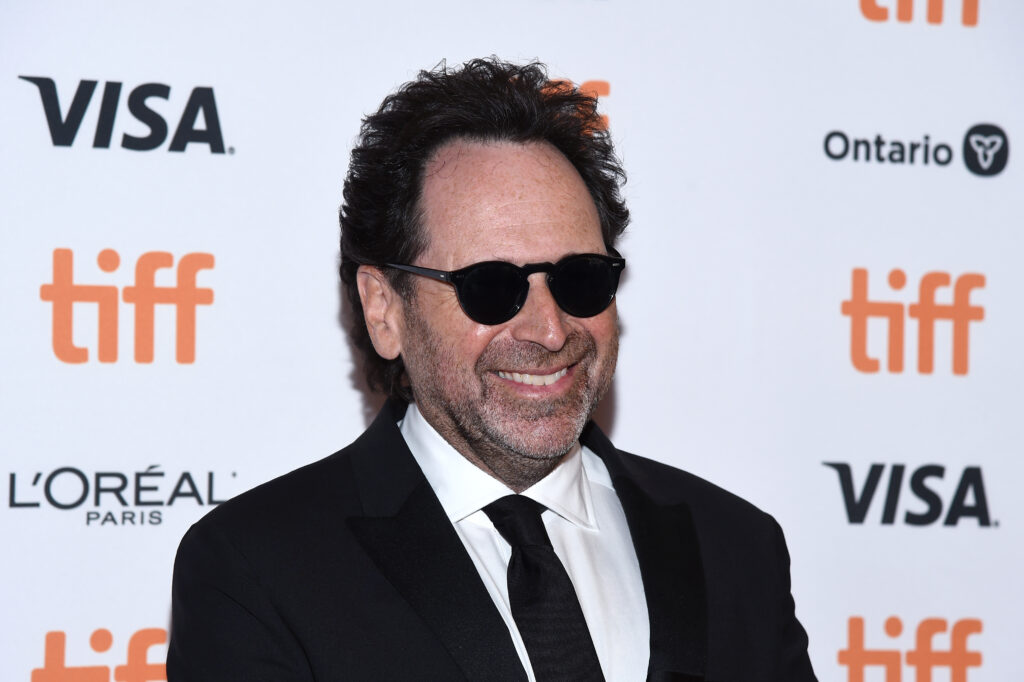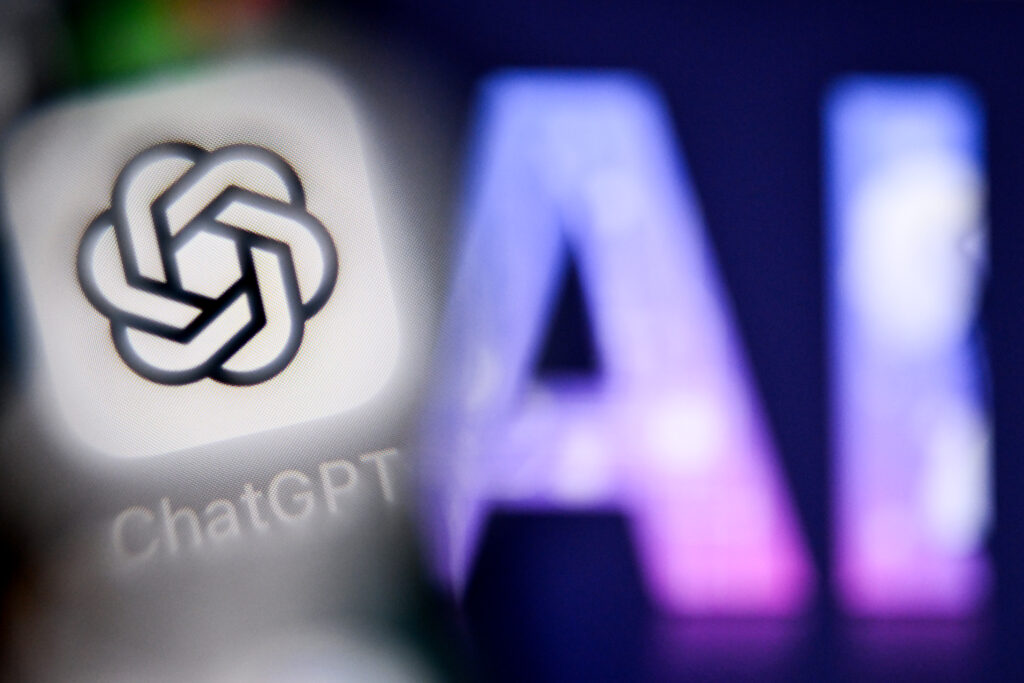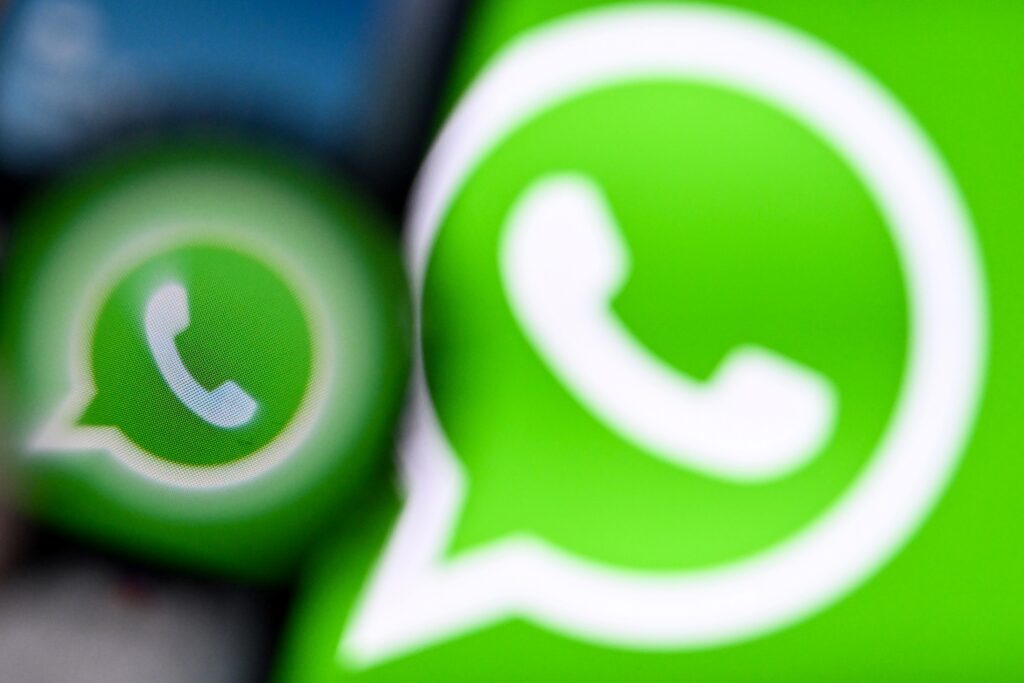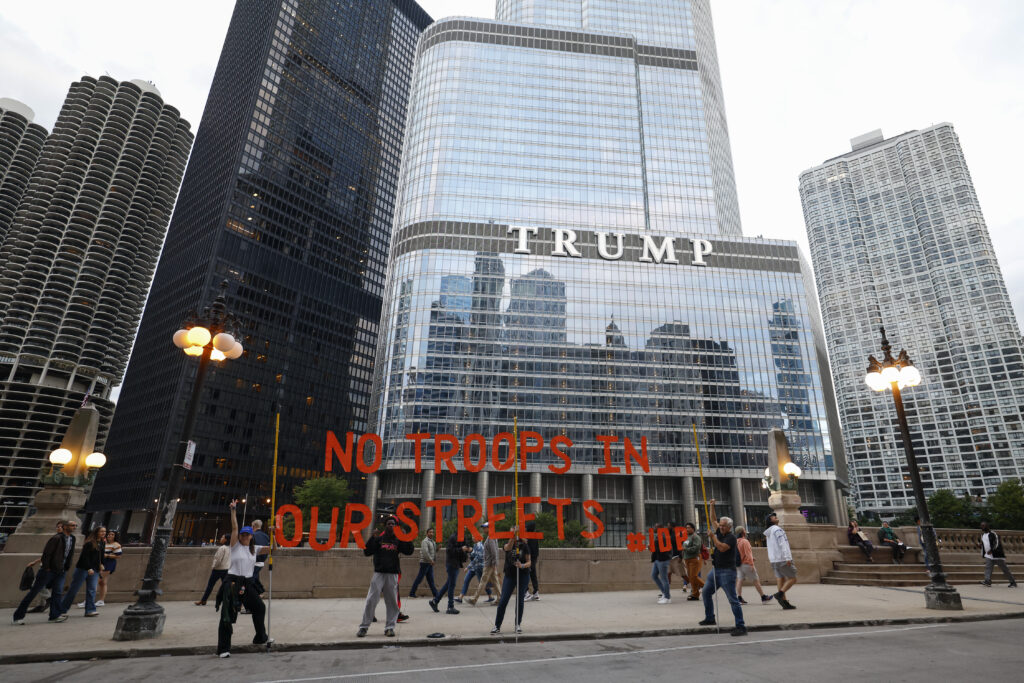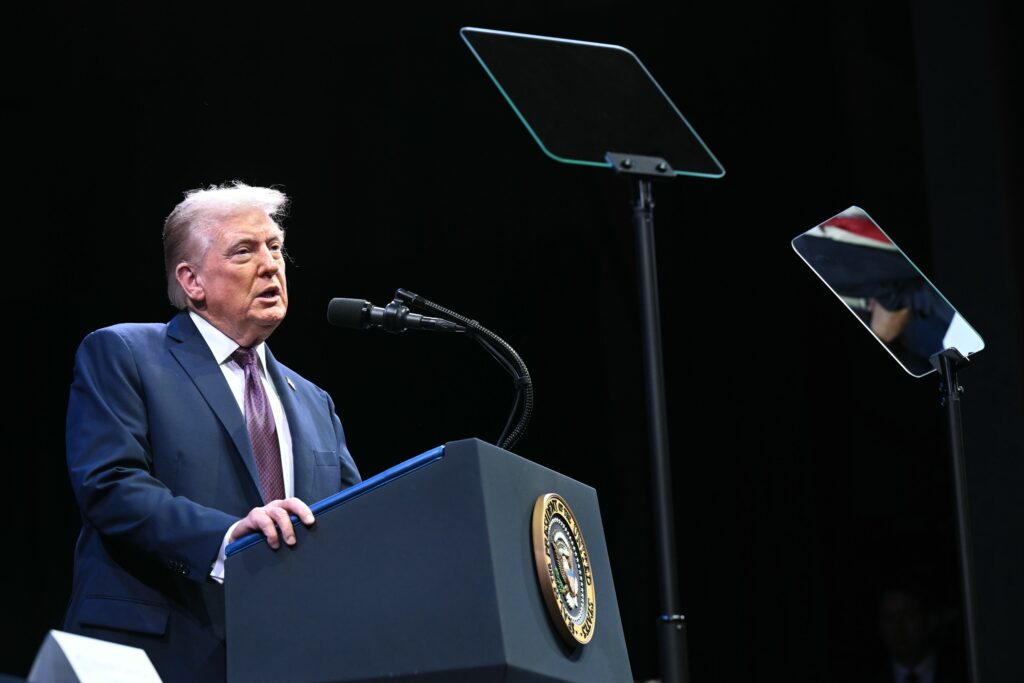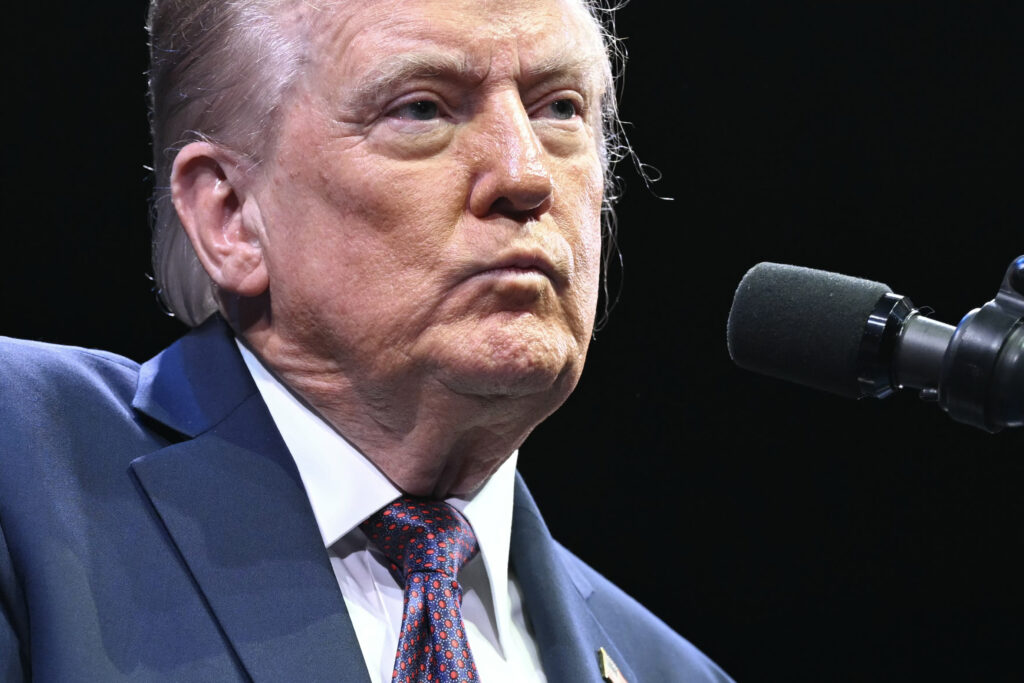Murdoch family settles dispute over media empire succession
Rupert Murdoch’s children have reached a settlement in their long-running legal dispute over control of the right-wing mogul’s media empire, his companies announced Monday, cementing eldest son Lachlan’s leadership.The agreement resolves litigation after several siblings contested the elder Murdoch’s effort to install as successor his son Lachlan, who shares his father’s political orientation. A Nevada court had previously blocked the 94-year-old’s effort.The new deal establishes a trust to replace the Murdoch Family Trust that had included Lachlan plus three other Murdoch siblings.Under the agreement, Prudence MacLeod, Elisabeth Murdoch and James Murdoch will receive cash based on equity sales and cease to have holdings in either media company.US media reported the value of the settlement would be $3.3 billion, to be split evenly among the three siblings.The eldest daughter, Prudence, has had little involvement in the family business, but James and Elisabeth are known as more politically centrist.”New trusts will be established for the benefit of Lachlan Murdoch, Grace Murdoch and Chloe Murdoch,” said a press release from Fox and News Corp.Meanwhile “the departing beneficiaries” will “cease to be beneficiaries in any trust holding shares in News Corp or Fox Corporation.”- Media transformation -Friction over the future of the holdings — a stable that includes Fox News, The Wall Street Journal and a host of British and Australian media — had been the inspiration for the hit TV series “Succession.”The complicated structure of the trust reflects the colorful familial relationships that shaped Rupert Murdoch’s life as he built the multibillion-dollar empire.The original trust was reported to have been the result of a deal with his second wife — mother of Lachlan, Elisabeth and James — who wanted to ensure her offspring would not be disenfranchised by children Murdoch had with his third wife, Wendi Deng.Murdoch’s daughters with Deng — Grace and Chloe — will be beneficiaries of the new trusts, along with Lachlan.The agreement establishes LGC Holdco, which will own all shares of News Corp and Fox Corp previously held by the original family trust. Voting control for these shares “will rest solely with Lachlan Murdoch through his appointed managing director,” said the press release.The Murdoch empire has transformed tabloid newspapers, cable TV and satellite broadcasting over the last few decades while facing accusations of stoking populism across the English-speaking world.Brexit in Britain and the rise of Donald Trump in the United States are credited at least partly to Murdoch and his outlets.
